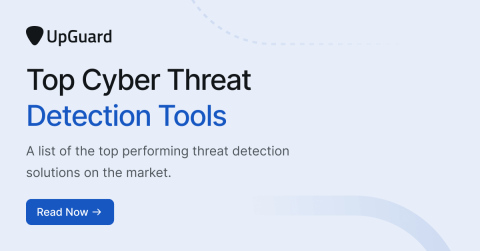Third-Party Risk Management for Tomorrow
Hear about the exciting plans for Vendor Risk this year, including AI-driven efficiency, compliance simplification, reduced reliance on questionnaires, and enhanced workflows. Interested in finding out more about UpGuard?











